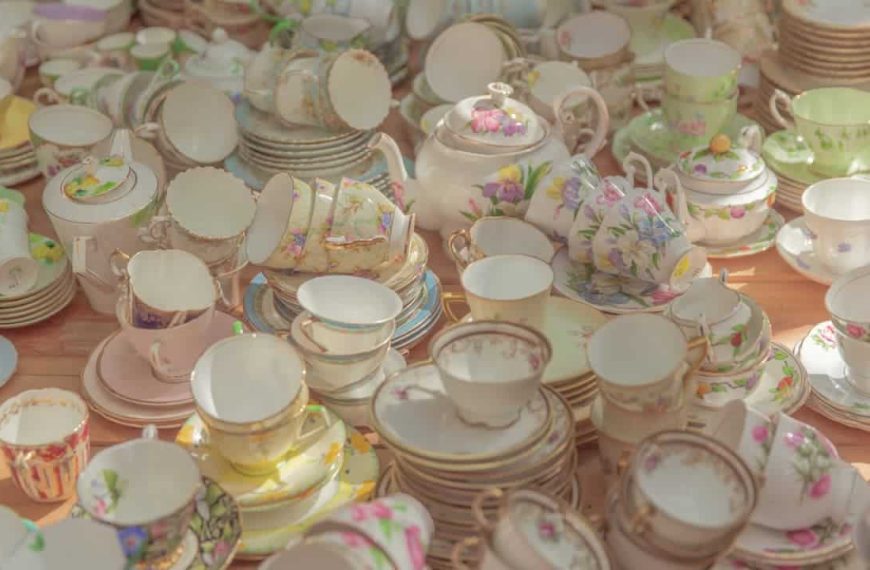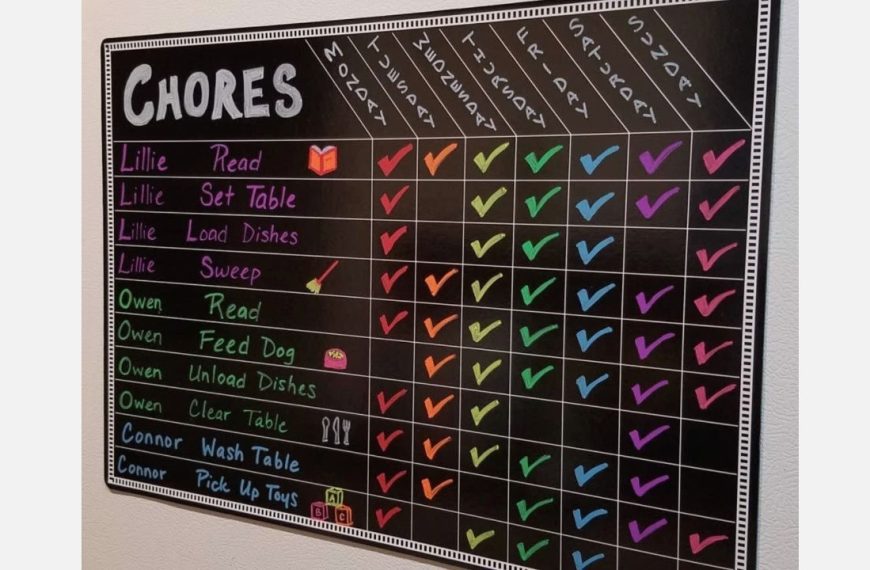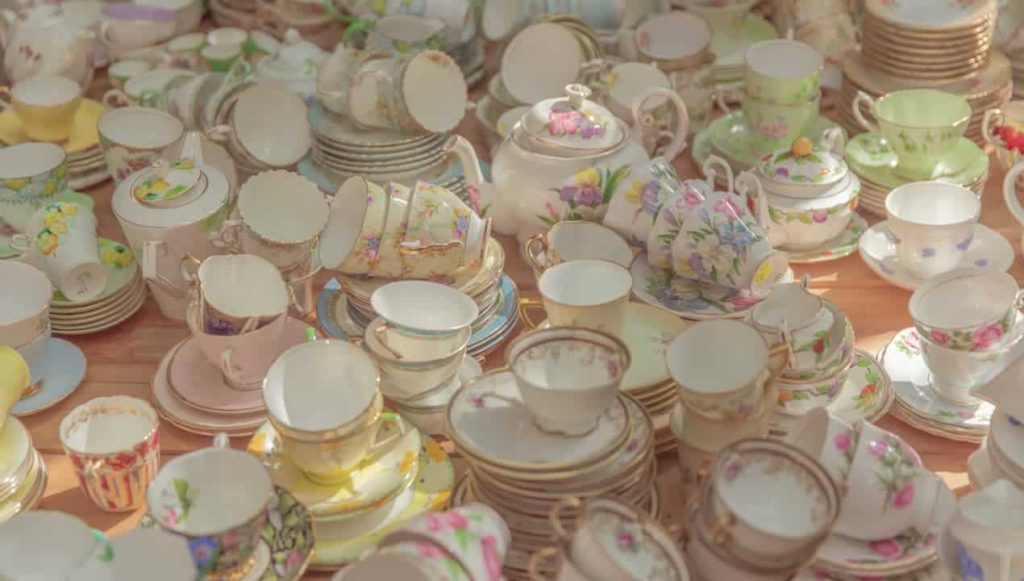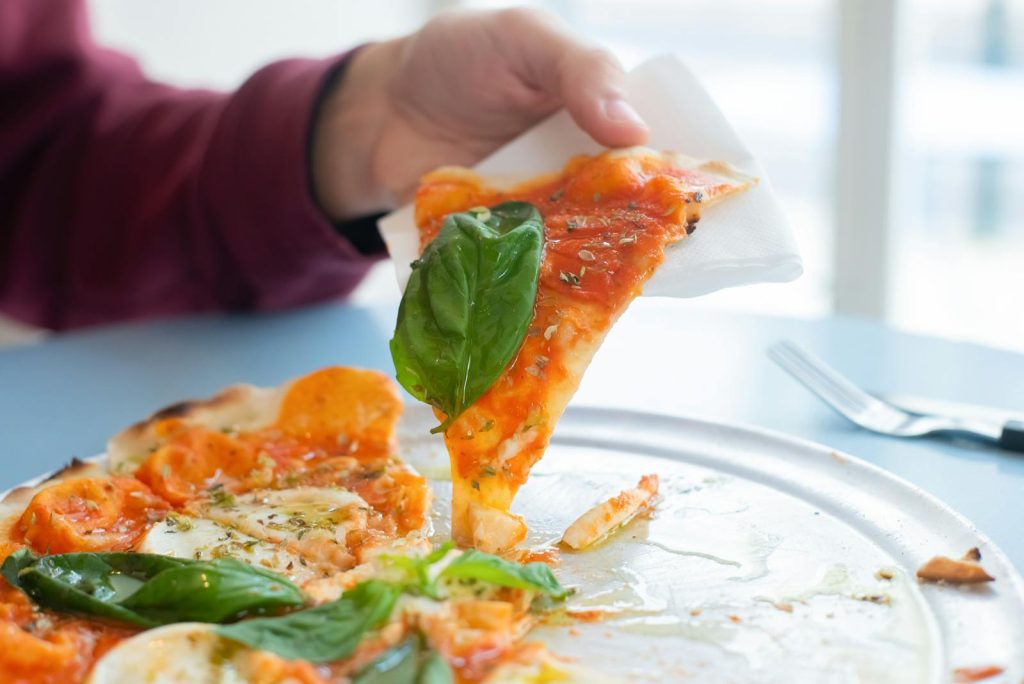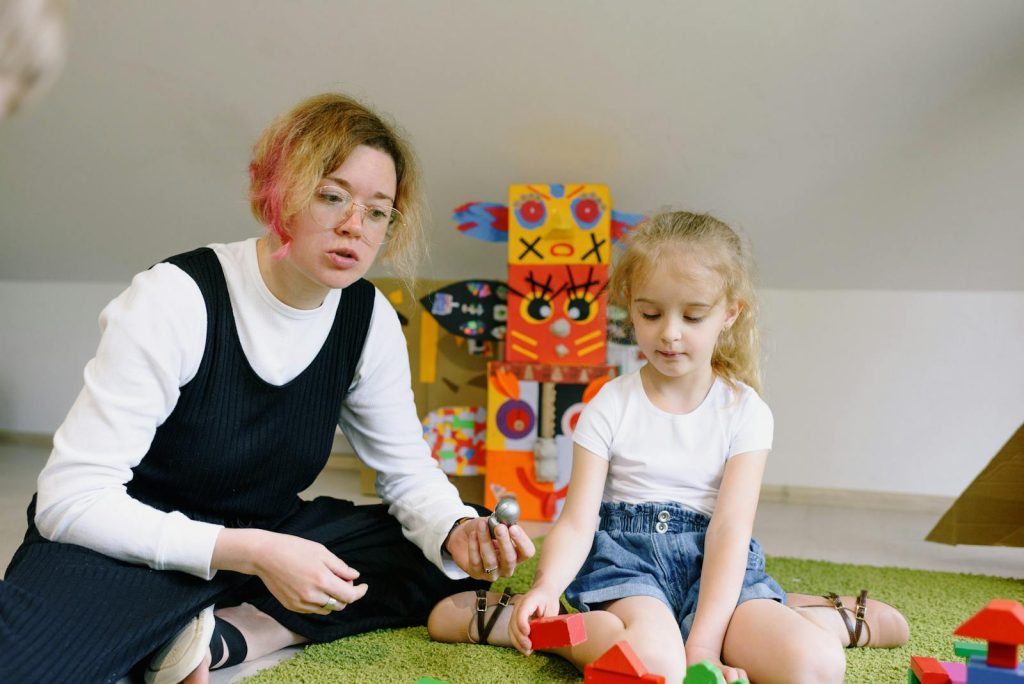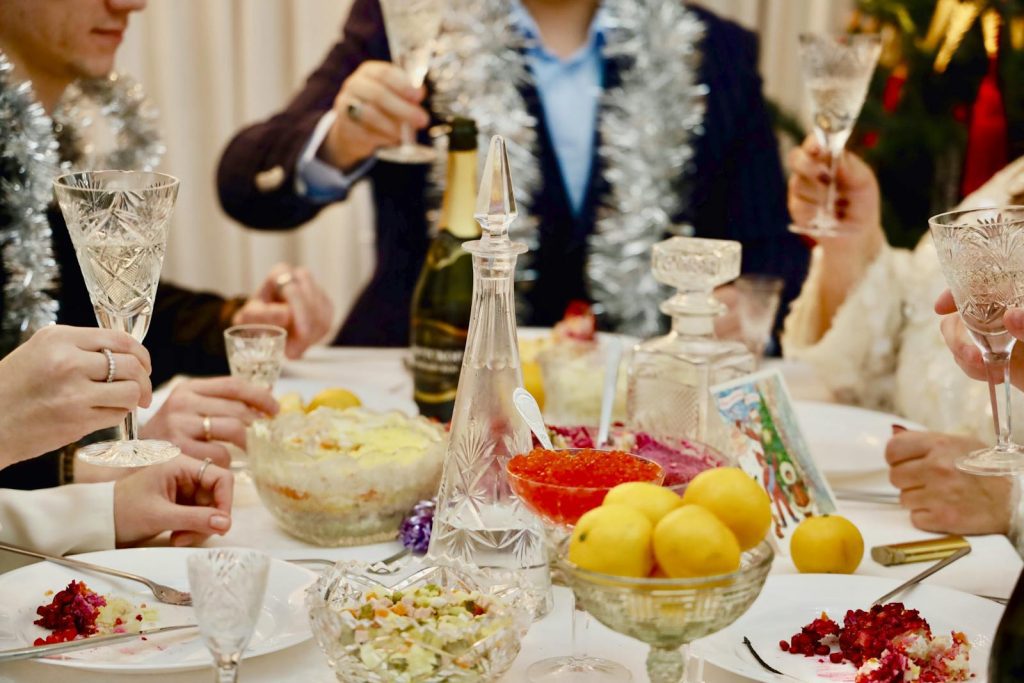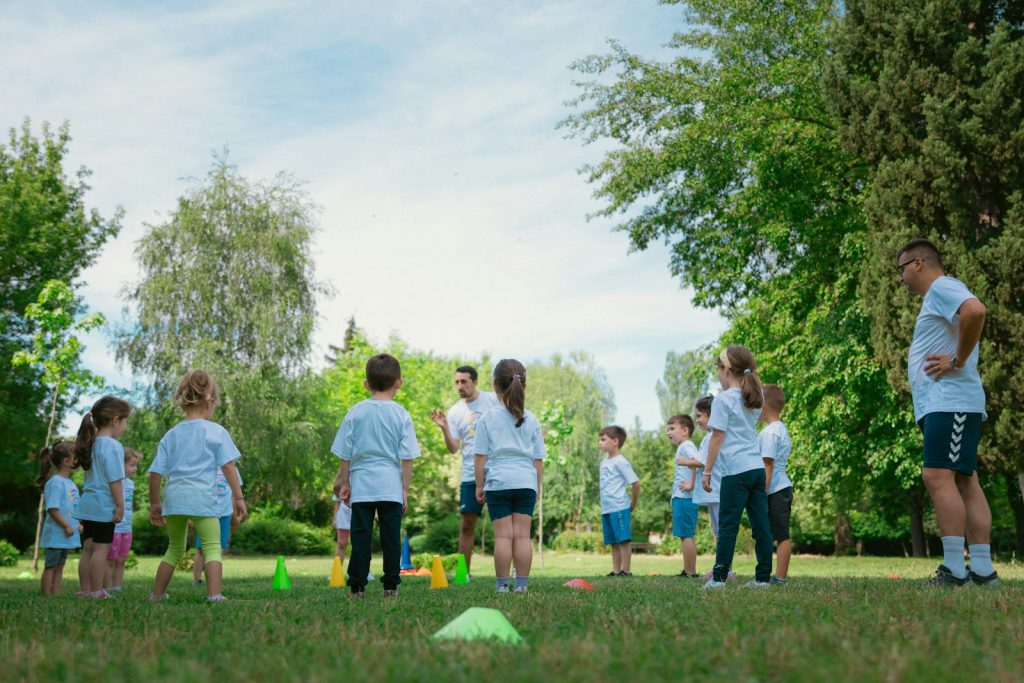Deciding what to do with family heirlooms can feel overwhelming. These items often carry memories and sentimental value that make it hard to simply let them go. As you consider tossing any heirloom, it’s important to pause and ask thoughtful questions to understand what truly matters to you and your family.
By reflecting on these questions, you’ll be better equipped to make choices that respect the past while making space for the future. Whether you’re moving, decluttering, or managing an estate, this process helps balance emotions with practical needs.
What memories does this heirloom evoke for you?
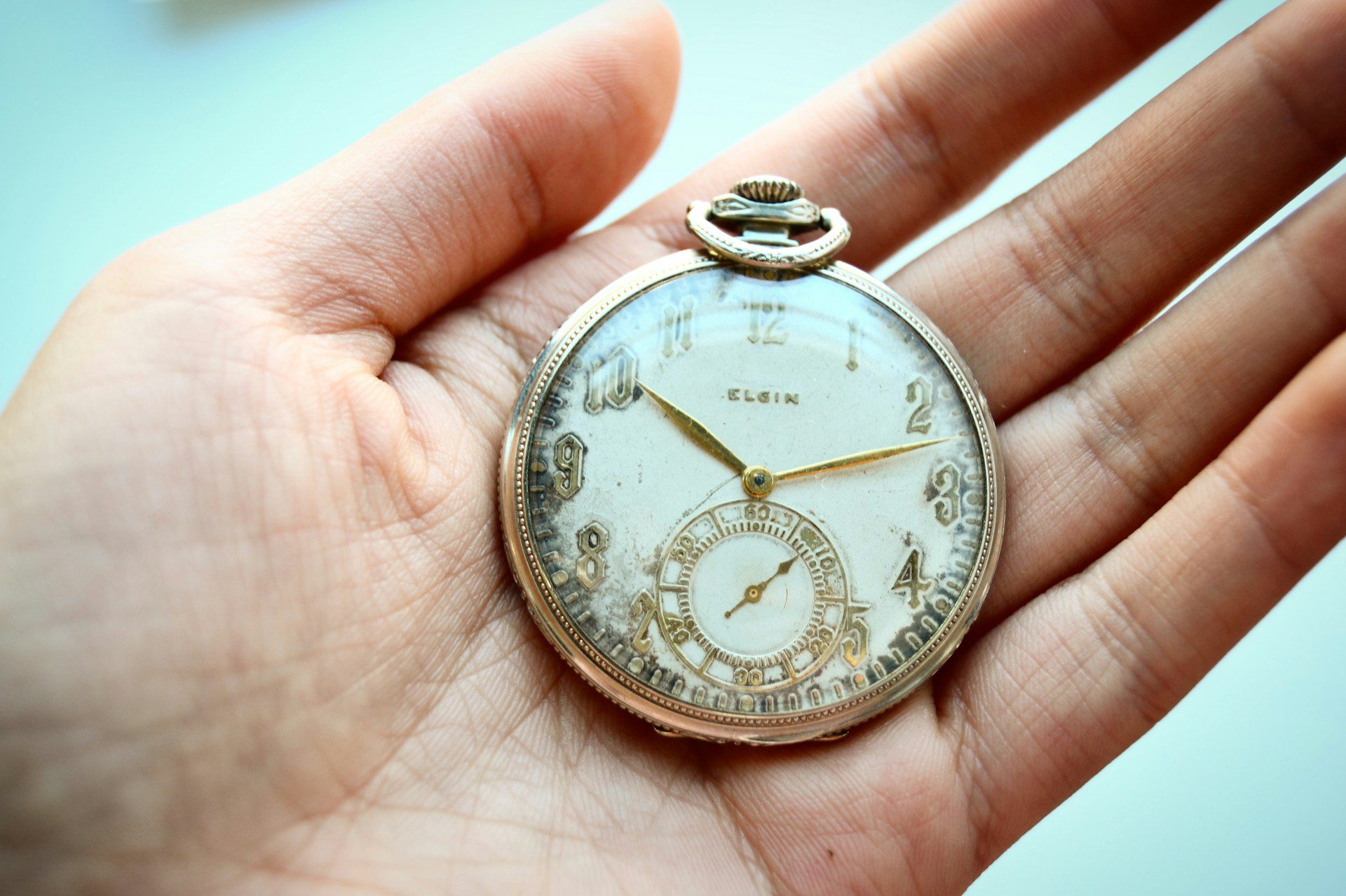
Think about the moments you’ve shared around this object. Does it remind you of family gatherings, celebrations, or quiet times?
Your heirlooms often carry stories that connect you to people and places from the past. These memories can bring a sense of comfort or nostalgia.
By reflecting on these feelings, you can better understand the personal value of the item beyond its material worth.
Has this item been part of important family stories?

Think about the moments this item has witnessed in your family’s history. Was it part of a wedding, a holiday, or a special gathering?
Sometimes, the real value of an heirloom lies not in its appearance but in the memories it holds.
Ask family members if they remember stories connected to the item. Those stories can give your heirloom meaning beyond its physical form.
Who else in the family might want or value this heirloom?

Before tossing an heirloom, think about who in your family might appreciate it. Sometimes, a cousin, aunt, or sibling may have a strong connection to the item.
You can ask family members if they want the heirloom or if it holds special meaning for them. This helps keep family memories alive and avoids unnecessary loss.
Sharing stories about the item might also reveal who values it most. It’s worth a quick conversation before making a final decision.
Is the heirloom in good enough condition to keep or pass on?
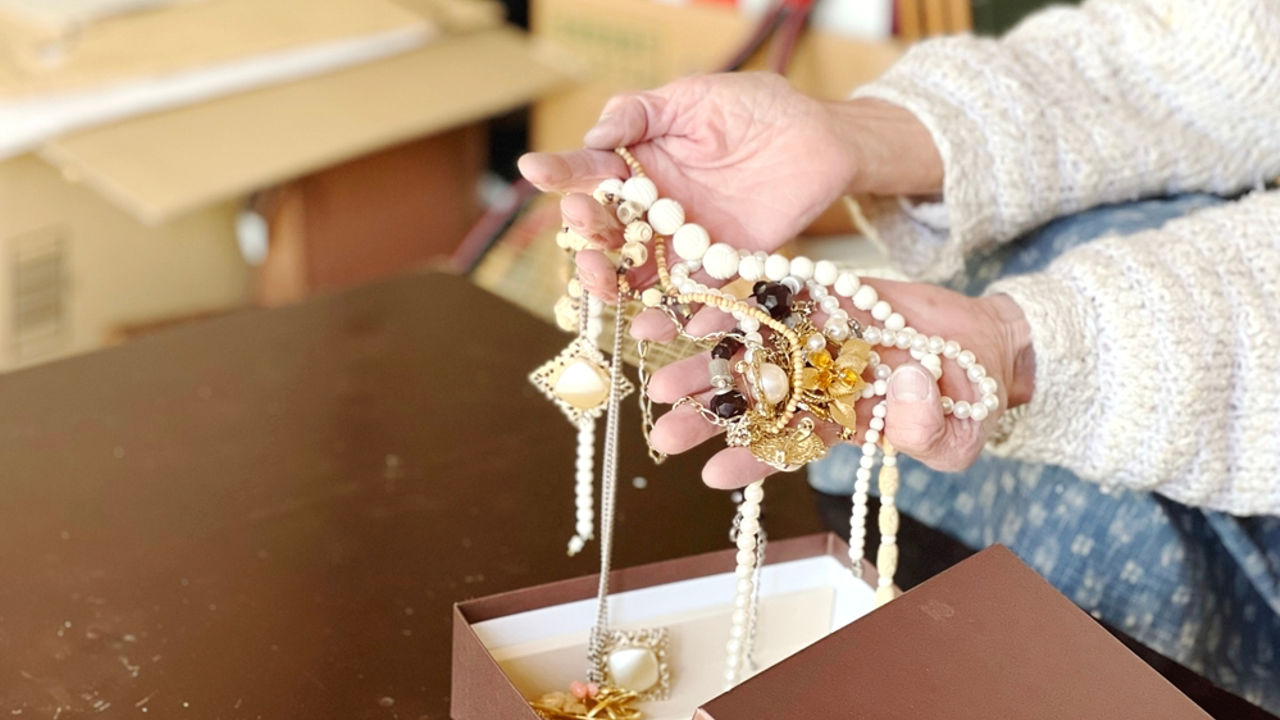
Before you decide to keep or pass on an heirloom, check its condition carefully. You want to make sure it’s in a state that will last for future generations.
If the item needs repairs or cleaning, consider whether this is possible without damaging its value. Sometimes, simple care can preserve a keepsake nicely.
Remember, an heirloom’s condition can affect how much others will appreciate and want to keep it. So, be honest about its state before making a decision.
Could photographing the item preserve its memory without needing to keep it physically?

You can capture the essence of a family heirloom by photographing it in detail. This lets you keep the memory without the space or care that the physical item requires.
Adding notes about the item’s history or your feelings can make the photo more meaningful. A photo album or digital collection helps you revisit these memories anytime.
Does this heirloom have unique historical or sentimental value?

You might want to ask if the item tells a story about your family’s past. Sometimes, an heirloom connects you to a special moment or person, even if it’s not worth much money.
Consider if this piece has been passed down through generations. Those connections can make it priceless in your family’s eyes.
If it feels meaningful or rare to you, it likely has value beyond just its material cost. Don’t rush to toss something that holds those kinds of memories.
Will keeping this item cause clutter or stress for you or others?
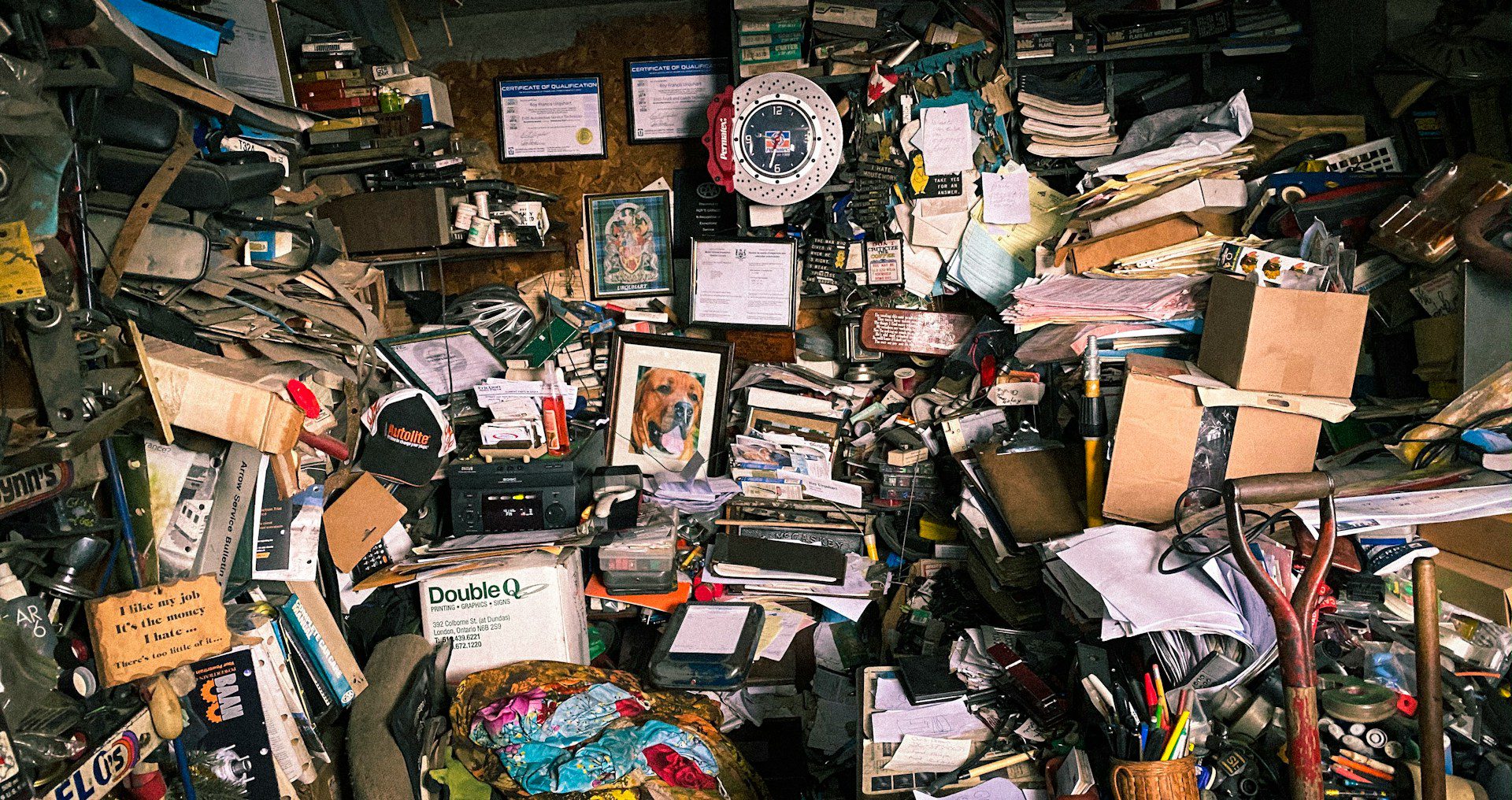
Think about how this heirloom fits in your space. If it adds clutter, it might create unnecessary stress for you or those around you.
Clutter can affect mental well-being by causing anxiety or frustration. It’s okay to set limits on what you keep to maintain a calm environment.
Consider if the item brings you peace or if it feels like a burden. Your comfort matters when deciding what to hold on to.
Could this heirloom be donated to a museum or archive?

You might consider donating your heirloom to a museum or archive if it has historical or cultural significance. Museums often look for items connected to their region or focus area.
Before donating, research museums that align with your heirloom’s story. Sharing the background and meaning of the item can make it more valuable to them.
If a museum isn’t interested, you could explore local historical societies or archives. They often welcome donations that preserve family and community history.
Is now the right time to decide on keeping or letting go of this item?

Ask yourself if you feel calm and clear-headed about this decision. If emotions are high, it might help to wait before making a choice.
Consider if you have enough time to properly evaluate the item and its significance. Rushing can lead to regrets later.
If you’re unsure, taking photos or notes can preserve memories without keeping the physical object. This lets you pause your decision while honoring its value.
Can sharing stories about the heirloom add value even if you let it go?

Yes, sharing the story behind your heirloom can add meaningful value. When you tell others about its history, it creates a deeper connection beyond the object itself.
Even if you choose to give it away or sell it, the story preserves the memory tied to the item. Your family and new owners can appreciate its significance more fully.
Passing on the story is like passing on a piece of family history, keeping the heirloom’s meaning alive.
Is the heirloom tied to a specific person or event worth remembering?

Ask yourself if the heirloom has a clear connection to someone important in your family. It could be a piece linked to a grandparent, parent, or a relative whose story matters to you.
Think about the event associated with the item. Was it part of a wedding, a milestone, or a significant moment? This adds meaning beyond just the object itself.
If the heirloom sparks memories or stories that bring your family closer, it might be worth keeping. These connections help you feel rooted in your family’s history.
Are there duplicates of this heirloom within the family?

Before deciding to toss an heirloom, check if other family members have the same item. Sometimes multiple copies exist, which might affect its sentimental value to your family.
If duplicates exist, consider whether keeping one is enough. You could also offer the item to someone who values it, keeping the family connection alive.
Could keeping or passing this item cause family conflicts?

You might want to think about whether this heirloom could create tension among family members. Some items carry different meanings or values for different people.
If you don’t have a clear plan for who gets what, misunderstandings can start easily. Talking openly with your family can help avoid hurt feelings.
Consider if the item’s sentimental or monetary value might lead to disagreements. Planning carefully can help keep peace and respect within your family.
Does the heirloom still fit with your current lifestyle or home space?

You want to think about how the heirloom matches your daily life and the space you live in. If it feels out of place or doesn’t suit your home’s style, you might reconsider keeping it.
Sometimes, simple updates like reupholstering or repositioning can help the piece fit better. When an heirloom works with your surroundings, it can add warmth and personality without feeling awkward.


